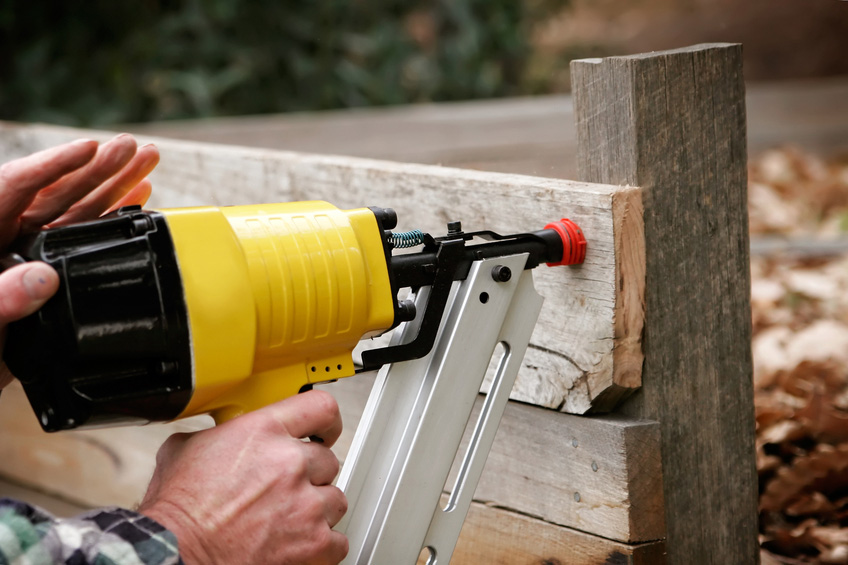
Overdriven fasteners can affect the shear capacity. Here are the important things to look for and if necessary corrective actions required as outlined by the APA.
The following is a suggested guideline for determining if overdriven fasteners will affect the shear capacity of diaphragm or shear wall construction.
1. If any case described below is met then no reduction in shear capacity needs to be taken.
- If nails are overdriven into panels by 1/16” during construction under dry conditions (moisture content less than 16%).
- If no more than 20% of the fasteners around the perimeter of the panels are overdriven by 1/16” up to 1/8”, no reduction in shear capacity needs to be taken.
- If all fasteners around the perimeter of panels appear to be overdriven by the same amount, and it appears that panels have been wetted during construction, it can be assumed that the fastener embedment is due to panel thickness swelling. This can be verified by measuring the thickness of panels where fasteners appear to be overdriven, and comparing to measurements where panels have been protected from the weather, or to the original nominal wood panel thickness which is part of the APA trademark.
- If actual panels used in construction are thicker than required minimum nominal panel thickness upon which the design shear capacity is based, and the overdriving is less than or equal to the difference between the two panel thicknesses. For example, if design shear for the construction requires a 15/32” minimum nominal panel thickness and the actual sheathing is 19/32” with all fasteners overdriven 1/8”, the net result is a 15/32” panel which meets the design shear requirements.
2. If more than 20% of the fasteners around the perimeter of panels are overdriven by over 1/16”, or if any are overdriven by more than 1/8”, additional fasteners shall be driven to maintain the required shear capacity. For every two fasteners overdriven, one additional fastener shall be driven. If nails were used in the original installation, and are spaced too close to allow the placement of additional nails, then approved staples must be used for the additional fasteners required.
